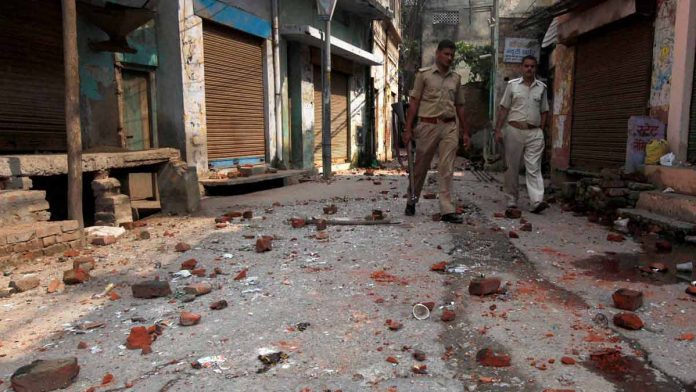New Delhi: The MP/MLA Court in Muzaffarnagar, Uttar Pradesh, has framed charges against 19 individuals, including high-profile politicians and leaders, in connection with the 2013 Muzaffarnagar riots. The accused, including former Union Minister Sanjeev Balyan and VHP leader Sadhvi Prachi, are alleged to have delivered inflammatory speeches at a Hindu Mahapanchayat held in Nangla Mandod village, reports The Indian Express.
Among those charged are also Uttar Pradesh Minister Kapil Dev Agarwal, Samajwadi Party MP Harender Malik, former Minister Suresh Rana, and Dasna Devi Temple’s Swami Yati Narasinghanand. The court has scheduled January 30, 2025, for the commencement of testimonies in the case.
The charges relate to a Hindu Mahapanchayat held on August 31, 2013, where speeches allegedly incited communal tensions, contributing to the deadly riots. The prosecution claims these speeches escalated hostilities, ultimately leading to widespread violence, which resulted in over 60 deaths and the displacement of more than 60,000 people.
The accused face charges under various sections of the Indian Penal Code, including Section 153A (promoting enmity between groups), Section 353 (assault or use of criminal force against public servants), Section 188 (disobedience to official orders), and provisions under the Criminal Law Amendment Act.
Prosecution officer Neeraj Singh confirmed that the charges were framed against 19 individuals after all appeared in court. Previously, the case had been delayed due to non-attendance by several accused. Among the accused, Veerendra Pramukh has passed away, and the case against another accused, Shivkumar, has been separated.
BJP advocate Shyambeer Singh noted that the framing of charges marks a significant step in the trial, which has been ongoing for over a decade. The next phase involves the recording of testimonies, following which the court will proceed towards a final judgment.
The 2013 Muzaffarnagar riots were one of the worst communal clashes in Western Uttar Pradesh, sparked by a minor altercation that was exacerbated by the spread of fake news and provocative speeches. The violence left a lasting impact on the region, highlighting the role of inflammatory rhetoric in communal unrest.
The case remains a crucial chapter in the examination of accountability for communal violence and the role of political and religious leaders in maintaining societal harmony.




